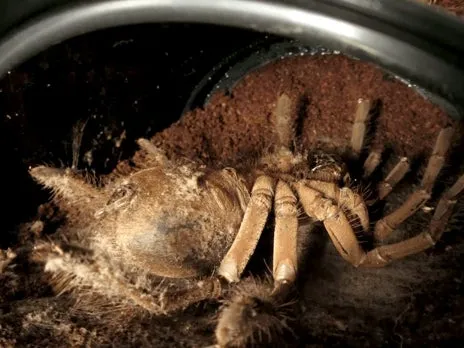What is Tarantula Molting?
Tarantula molting is a crucial and fascinating process for these arachnids. It’s essentially their way of growing and shedding their old, restrictive exoskeleton. This process allows tarantulas to replace worn or damaged body parts, grow larger, and regenerate lost limbs. Understanding the molting process is vital for any tarantula owner to provide the best possible care and avoid unnecessary worry during this vulnerable time. The entire procedure can be a remarkable display of nature’s resilience, often taking several hours or even days to complete, depending on the size and age of the tarantula. Knowing what to expect during molting can help you ensure the safety and well-being of your pet.
The Molting Process Explained
The molting process involves several distinct phases, each with its own characteristics. Recognizing these stages can help you understand what your tarantula is going through and what to expect. Preparing for a molt involves providing the right environmental conditions and minimizing disturbances to the spider. The process itself is physically demanding for the tarantula, so it’s important to provide a stress-free environment and avoid any unnecessary handling during this time. Once the molt is complete, the tarantula will be in a vulnerable state for a while as its new exoskeleton hardens. Careful observation and a gentle approach are key to successful molting.
Premolt Symptoms
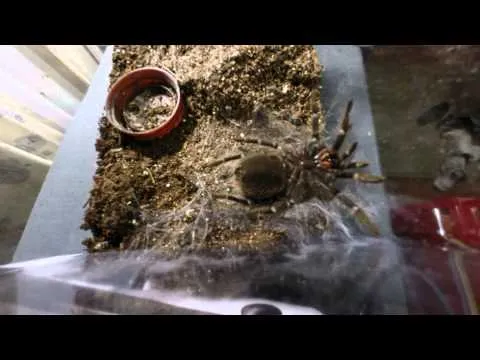
Before a tarantula actually molts, it typically exhibits a few telltale signs, these are the things to watch out for. One of the most common is a loss of appetite, as the tarantula prepares for the arduous task ahead. The spider may become lethargic, spending more time hiding in its burrow or shelter. Its abdomen may appear darker or more swollen, and the exoskeleton might look duller than usual. Some tarantulas might also spin a thicker mat of webbing in preparation for the molt. These behaviors indicate that your tarantula is getting ready to shed its skin and providing appropriate care will help it along in its molting cycle. The tarantula might also start to build a web to make a safe space.
The Molting Itself
During the molting process, the tarantula will lie on its back, often in a vulnerable position, and the old exoskeleton will split open. The spider then wriggles out of its old skin, a process that can take several hours or even a day or two, depending on the size of the tarantula. It’s essential to avoid disturbing the tarantula during this time. Ensure that the enclosure is kept clean and humid, and the spider has access to fresh water. The new exoskeleton is initially soft and pliable, making the tarantula very vulnerable to injury. The tarantula will often remain in this position for a while to allow the new exoskeleton to harden before moving around.
Post-Molting Phase
After molting, the tarantula is in a vulnerable state. The new exoskeleton is soft and needs time to harden. It’s important to avoid handling the tarantula during this period, as the new exoskeleton can be easily damaged. The tarantula may appear pale and its fangs will be soft. The spider will typically remain in its burrow or shelter until the new exoskeleton has fully hardened, which can take several days or even weeks, depending on the tarantula’s size. You can then offer food a week after the molt. Do not offer food immediately. Providing a clean environment and maintaining proper humidity levels is crucial for a successful post-molting recovery and helps the tarantula get back to its normal routine.
Top 7 Facts about Tarantula Molting
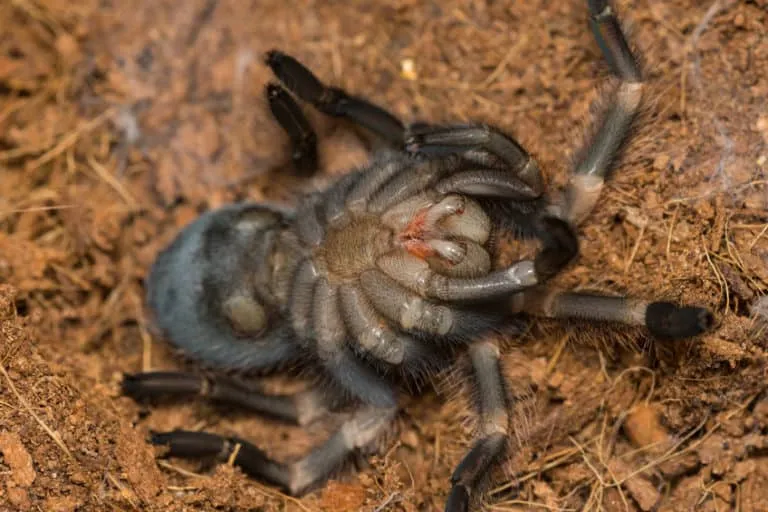
Fact 1 Why Tarantulas Molt
Tarantulas molt to grow. Their exoskeleton is rigid and cannot expand. As a tarantula grows, it outgrows its exoskeleton, necessitating the molting process. Molting also allows tarantulas to regenerate lost limbs, replace damaged body parts, and shed internal parasites. It is a fundamental biological necessity for tarantulas, essential for their survival and overall health. This process is a clear indication of growth and development in the spider’s life cycle, allowing it to thrive.
Fact 2 Frequency of Molting
The frequency of molting varies with age and species. Spiderlings and juveniles molt much more frequently than adults, sometimes every few months. As tarantulas mature, the molting frequency decreases. Adults may molt only once a year, or even less often. Factors such as diet, temperature, and humidity can also influence molting frequency. Regular observation of your tarantula’s behavior can help you anticipate when it might molt, allowing you to prepare accordingly and ensure optimal conditions for a successful shed. Always take note of the size and age when calculating a tarantula’s molting schedule.
Fact 3 Importance of Humidity
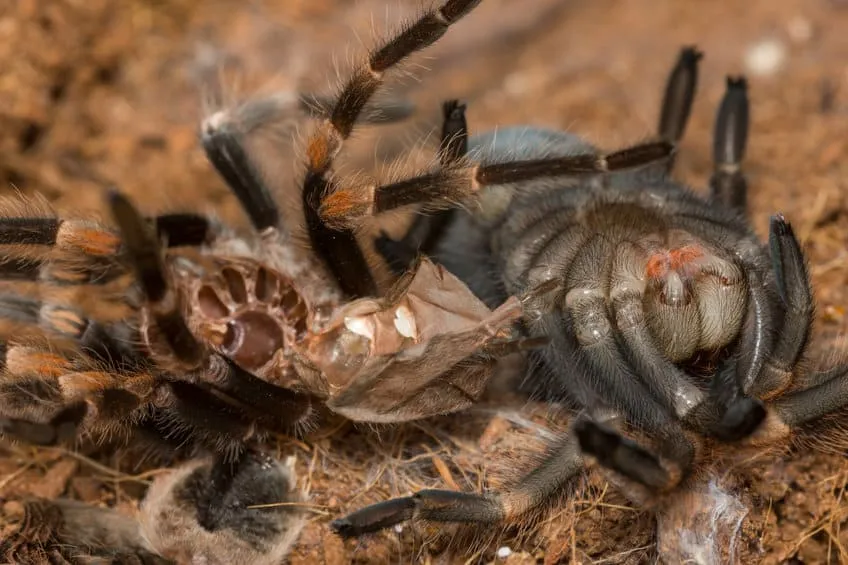
Humidity plays a critical role in the molting process. Adequate humidity helps the tarantula to successfully shed its old exoskeleton. Low humidity can lead to molting problems, such as a stuck molt. You can maintain proper humidity levels by misting the enclosure regularly, providing a water dish, and using appropriate substrate. The specific humidity needs vary depending on the species of tarantula. Researching the specific needs of your tarantula is essential to ensuring a healthy molting process. Monitoring the humidity levels with a hygrometer will help you stay on top of the care requirements.
Fact 4 The Exoskeleton
The exoskeleton, or cuticle, is the tough, outer covering of the tarantula. It provides protection and support, but it also limits growth. The exoskeleton is primarily composed of chitin and proteins. During molting, the tarantula sheds its entire exoskeleton, including the lining of the gut and trachea. After molting, the new exoskeleton is soft and vulnerable, gradually hardening over a period of time. This process leaves the tarantula susceptible to injury. The old exoskeleton provides valuable information about the tarantula’s health and molting success, so it’s a good idea to remove it after the new exoskeleton has fully hardened.
Fact 5 Cannibalism and Molting
In the wild and sometimes in captivity, tarantulas may display cannibalistic behavior, especially during or after molting. A freshly molted tarantula is very vulnerable due to its soft exoskeleton. Other tarantulas, particularly juveniles or those of the same species, may take advantage of this vulnerability and attack. It is crucial to house tarantulas separately to prevent this, especially during and immediately after molting. Even well-fed tarantulas might resort to cannibalism. Always provide enough space and resources to minimize stress and the likelihood of this behavior. Keep a close eye on the tarantula after molting, to avoid complications.
Fact 6 Handling During Molt
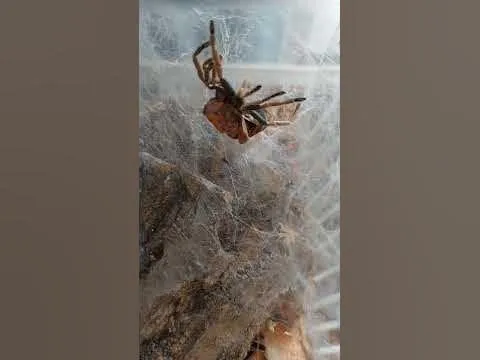
It’s best to avoid handling a tarantula during the molting process. Any disturbance can stress the spider and potentially interfere with the molt. A stressed tarantula may abandon the molting process or fail to shed completely. The soft, new exoskeleton is easily damaged, and the tarantula could be seriously injured. Allow the tarantula to molt in peace, and only resume handling after the new exoskeleton has fully hardened, which can take several weeks. Provide a quiet, stable environment for the tarantula to feel safe and secure.
Fact 7 What To Do If Your Tarantula Fails to Molt
A failed molt, or a stuck molt, can be a serious problem. It’s usually a sign of environmental issues, such as low humidity or a poor enclosure. If a tarantula struggles to molt, you should carefully assess its enclosure and make necessary adjustments to environmental factors. In some cases, you might be able to assist the tarantula. However, this is risky and should only be attempted by experienced keepers. Sometimes, a failed molt can be fatal. Prevention through proper care is the best strategy. Seek advice from experienced keepers or a veterinarian if you are concerned.
Caring for a Tarantula During Molting
Providing the Right Environment
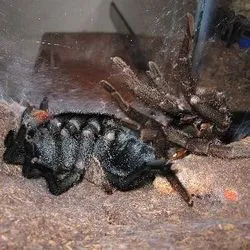
Creating an ideal environment is vital for tarantula molting. The enclosure should be appropriate for the species, with adequate space and proper ventilation. Maintain the correct temperature and humidity levels. Provide a substrate that allows the tarantula to burrow or hide, as this can help them feel safe during the vulnerable molting period. A clean and stable environment minimizes stress and helps the tarantula molt successfully. Consistent care will create a comfortable space for your tarantula. Ensure the enclosure is free of hazards, like sharp objects, to avoid injury during the molt.
Feeding During Molting
Generally, you should stop feeding your tarantula when it shows signs of premolt. A tarantula will often refuse food during this time. Avoid offering food until after the new exoskeleton has fully hardened, which can take several days or weeks. Offering food too soon can stress the tarantula and interfere with the molting process. Resume feeding gradually after the molt, starting with smaller meals. Observing your tarantula’s behavior is key to knowing when to start feeding again. Freshly molted tarantulas may not have the strength to hunt, so smaller, easier-to-catch prey is best.
Dealing with a Stuck Molt
A stuck molt can be a serious problem and requires immediate attention. A tarantula that has difficulty shedding its old skin can experience health complications. It’s crucial to identify the cause of the problem, which often involves low humidity or a poor enclosure. You can try gently misting the enclosure to increase humidity. However, it’s important not to interfere with the molting process unless absolutely necessary. If the tarantula is unable to molt successfully, consult an experienced keeper or a veterinarian, and do not try to force it. Prevention through proper care is the best approach.
Conclusion
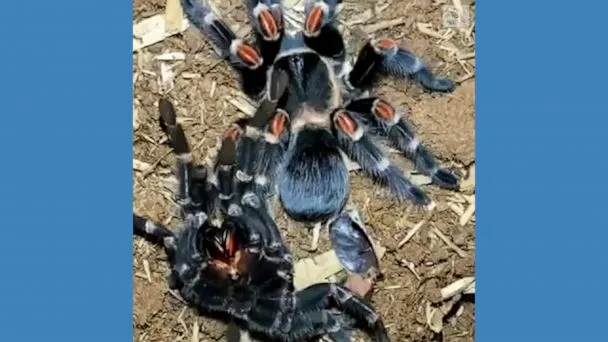
Molting is a natural and essential process in the life of a tarantula. By understanding the molting process, recognizing the signs of premolt, and providing the right care, you can help ensure your tarantula’s health and well-being. This includes maintaining the appropriate environmental conditions, avoiding disturbances during molting, and understanding what to do if problems arise. With careful observation and appropriate care, you can enjoy the fascinating experience of watching your tarantula molt and grow. Always prioritize the tarantula’s safety and health throughout this important process.
